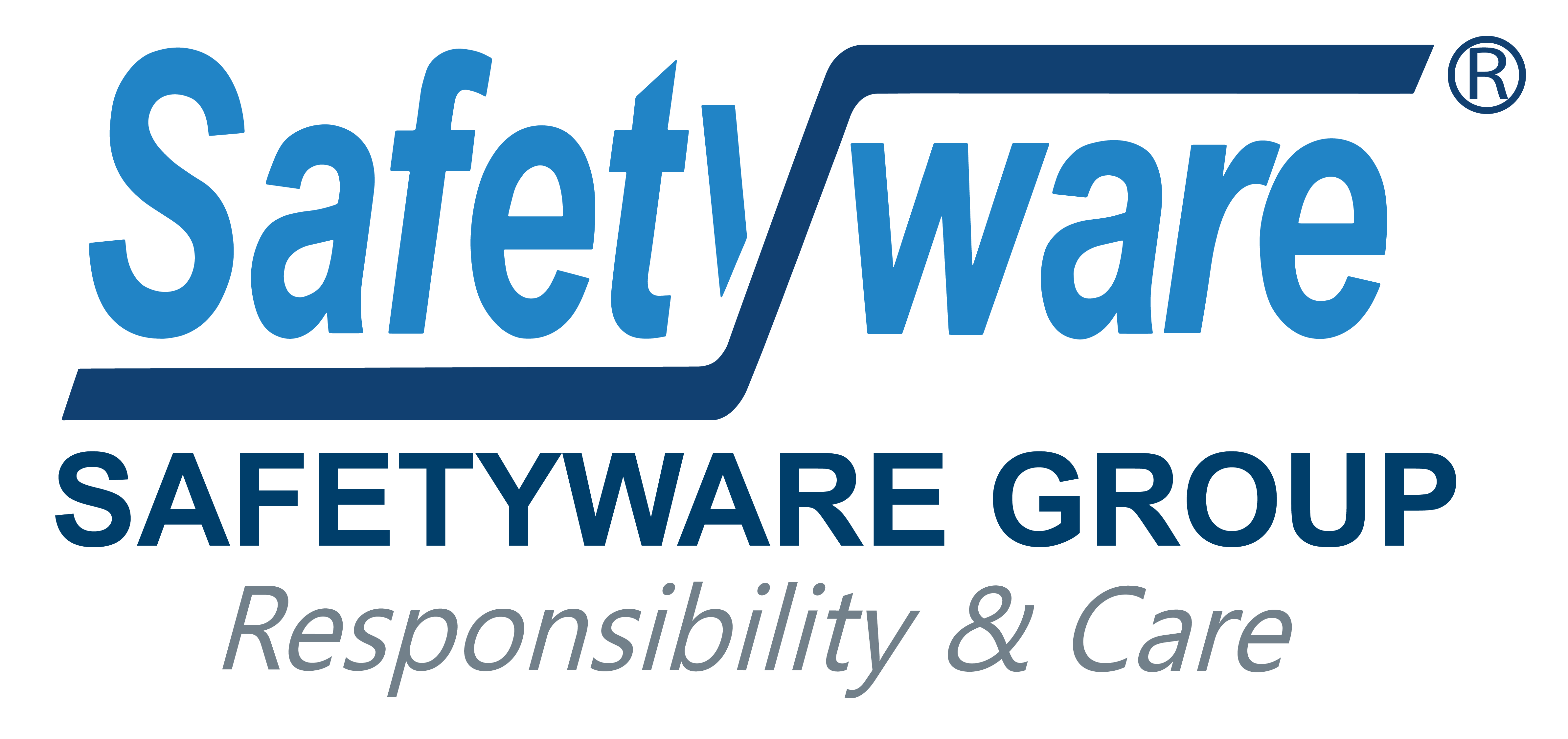As workplaces evolve and adapt to modern demands, the significance of ergonomics in promoting employee well-being and productivity has become increasingly apparent. Ergonomics, the science of designing work environments to fit the capabilities and limitations of individuals, plays a crucial role in creating comfortable, safe, and efficient workspaces. In celebration of Ergonomics Awareness Month, let’s explore the importance of ergonomics in the workplace and how organizations can foster a culture of ergonomic awareness to benefit both employees and the business.
Understanding the Impact of Ergonomics
Ergonomics encompasses the design of workspaces, tools, equipment, and tasks to optimize human performance and well-being. By considering ergonomic principles in the workplace, organizations can:
1. Enhance Comfort: Ergonomically designed workstations and furniture promote proper posture, reduce strain on the body, and minimize discomfort, leading to improved employee comfort and well-being.
2. Boost Productivity: A comfortable and ergonomic workspace can enhance employee focus, concentration, and efficiency. By reducing physical discomfort and fatigue, employees can maintain higher levels of productivity throughout the workday.
3. Prevent Injuries: Ergonomics helps prevent musculoskeletal disorders (MSDs) and repetitive strain injuries (RSIs) by ensuring that work tasks and environments are designed to reduce physical stress and strain on the body.
4. Improve Quality of Work: Employees working in ergonomic environments are better positioned to perform tasks accurately and efficiently, leading to improved work quality and reduced errors.
Promoting Ergonomics Awareness in the Workplace
During Ergonomics Awareness Month, organizations can take proactive steps to promote ergonomic awareness and practices among employees:
1. Training and Education: Conduct training sessions to educate employees on the importance of ergonomics, proper workstation setup, and ergonomic best practices. Encourage employees to apply ergonomic principles in their daily work routines.
2. Ergonomic Assessments: Offer ergonomic assessments for employees to identify potential risk factors and make recommendations for improving workstation ergonomics. Addressing individual needs can help prevent discomfort and injuries.
3. Adjustable Workstations: Provide employees with adjustable desks, chairs, and monitor stands to accommodate different body types and preferences. Encourage employees to personalize their workstations for optimal comfort and productivity.
4. Encourage Movement: Promote regular breaks, stretching exercises, and movement throughout the workday to prevent prolonged sitting and reduce the risk of musculoskeletal issues. Encourage employees to incorporate movement into their daily routines.
